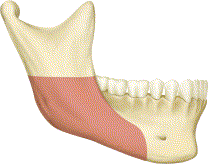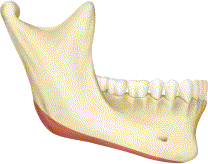Amongst certain Asian subgroups, the face is very wide particularly in its lower third which gives it a square facial contour/shape. Aesthetically this is not a desired facial shape as the lower face should be less wide than the upper face. As a result, reshaping of the jawline/mandible to make it more narrow has become very popular and is an ethnic form of facial bone plastic surgery.
Historically jawline rehaping in Asians was done as a simple jaw angle reduction. Besides loss of the shape of the jaw angle, such an approach does not take into account the entire jawline and does not create the best jawline shape change. It neglects the front two-thirds of the jawline and is not usually a completely satisfying procedure as a stand alone procedure.
A comprehensive article providing a contemporary surgical approach to Asian jawline reshaping appeared in the January 2013 issue of Journal of Plastic, Reconstructive and Aesthetic Surgery entitled ‘How To Achieve A Balanced And Delicate Lower Third Of The Face In Orientals By Mandibular Contouring’. The entire jawline is seen from the perspective of an overall change of the lower third of the face. The goal is to change the slope of the jawline from the Gonion (jaw angle) to the Gnathion (chin) to form a sloping curve. This involves a three step approach which includes a mandibular outer cortex split ostectomy, the mandibular V-line ostectomy and a narrowing sliding genioplasty.


The chin is narrowed by using a standard sliding genioplasty. The downfractured chin segment is then split, bone removed in the middle and then put back together by plates and screws and fixed to the upper chin bone segment. The vertical height of the chin can be lengthened by the bend of the fixation plates which often is aesthetically necessary. The sides of upper chin segments are then trimmed to avoid an hourglass effect.
This three-step bony reshaping approach to the jaw line is comprehensive and makes the whole jaw more narrow and tapered from the front view. Not every patient will need all three bony areas treated and preoperative assessment by x-rays can be extremely helpful in determining what and how much can and should be done.
Dr. Barry Eppley
Indianapolis, Indiana


